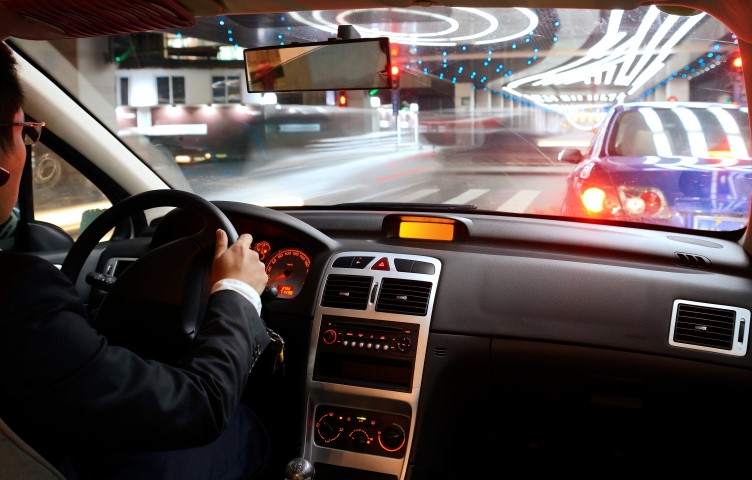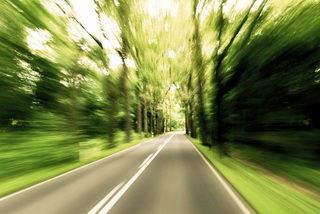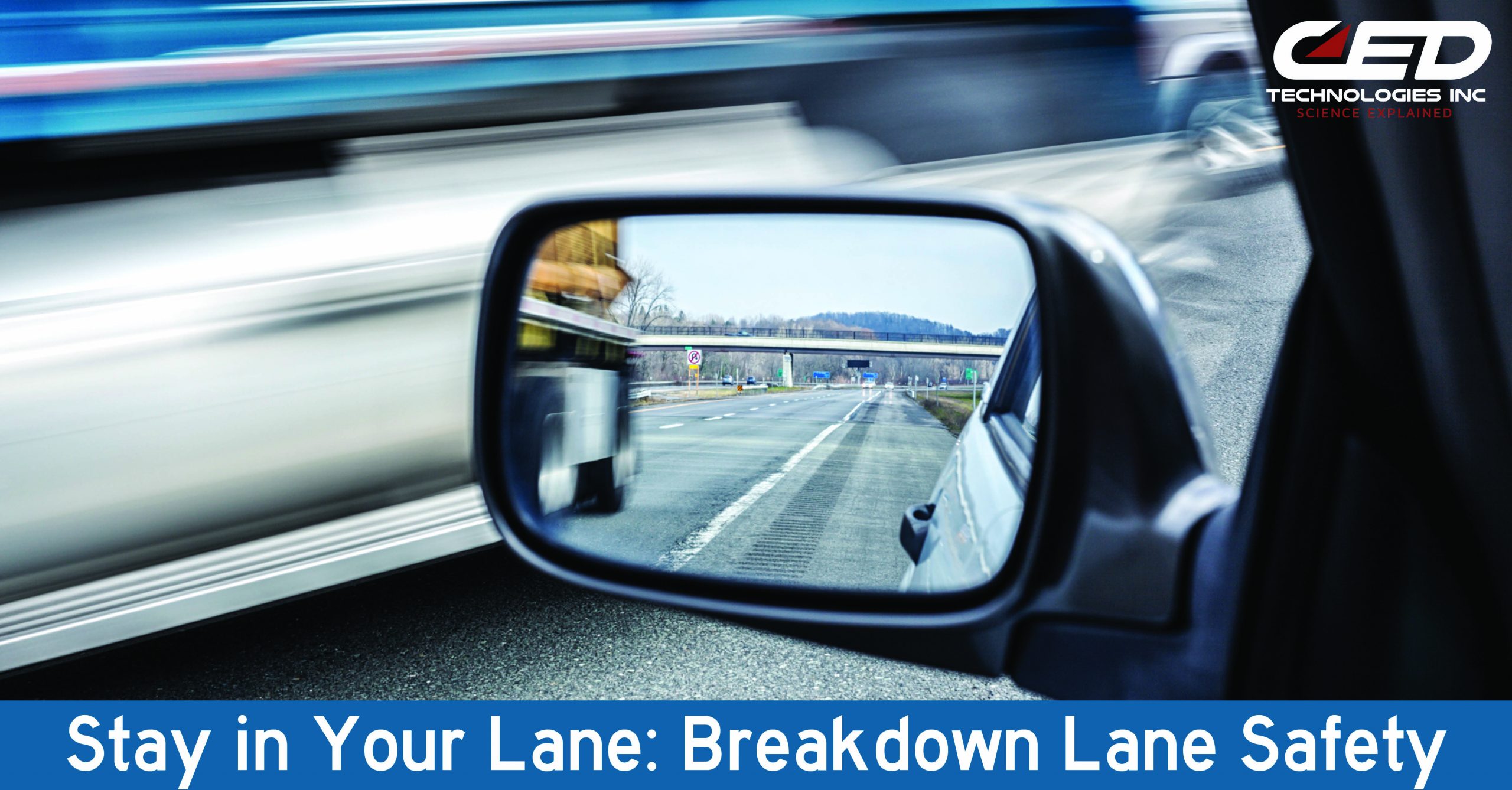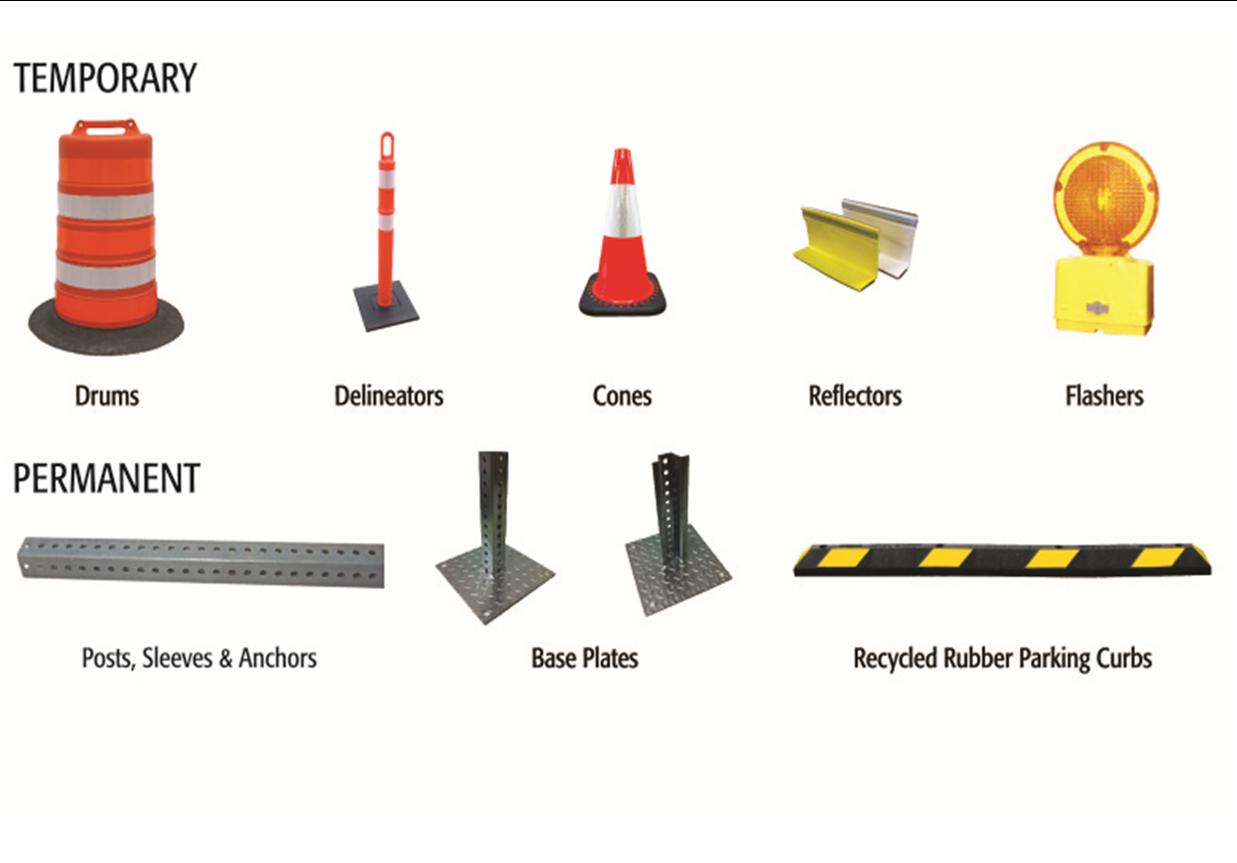During the investigation and reconstruction of many motor vehicle accidents, the engineer must determine what the driver of one or both of the involved vehicles could see, as poor visibility may have played a part in the cause of the accident. Perhaps there were issues such as fog, rain, smoke or haze, or glare from a rising or setting sun that potentially restricted the driver's ability to see the other car, the bicyclist, or the pedestrian. Or perhaps the curvature of the road or the crest of a small hill prevented the driver from seeing the line of stopped traffic that was just out of view before it was too late to prevent the crash. Was there more than one factor that potentially contributed to the cause of the accident?
Some of these questions can be answered through simple investigation. The National Weather Service or internet sites such as WeatherUnderground.com can provide information related to the weather conditions at the time the accident occurred based on the closest reporting station, as well as the local times for sunrise and sunset. Because fog, smoke, and haze can be extremely localized, witness statements can be used to determine how visibility had been restricted at the time the collision occurred. However, as distance estimates can vary greatly between individuals, witnesses should be asked where they were at the time of accident and what landmarks were visible to them in order to determine the available visibility and the sight distances available to the drivers involved in the collision.
Other questions can be answered through more high tech methods. A 3D laser scanner can be used shortly after the collision occurred to quickly and accurately measure and permanently capture the details of the accident scene, including the curvature of roads or hills, vegetation that may have restricted visibility, tire marks and gouges in the road surface left by the involved vehicles, as well as lane markings and signage positions. Software can then be used to process the measurements and portray the events leading up to the collision from the perspective of each of the individuals involved, whether it's a driver, a pedestrian, or a witness.
Additionally, information from any of the available vehicle event data recorders (EDR's) associated with the collision can be used to analyze and corroborate or dispute drivers' statements. For instance, a driver's claim that he didn't see the other vehicle prior to the collision would conflict with information imaged from his vehicle that showed several seconds of steering inputs, brake application, and significant deceleration prior to the time of impact, all attempted evasion moves.
Featured Engineer: Thomas Saunders, P.E. Senior Mechanical Engineer
Submit a case or claim online.
Contact a CED Engineer in you region.






